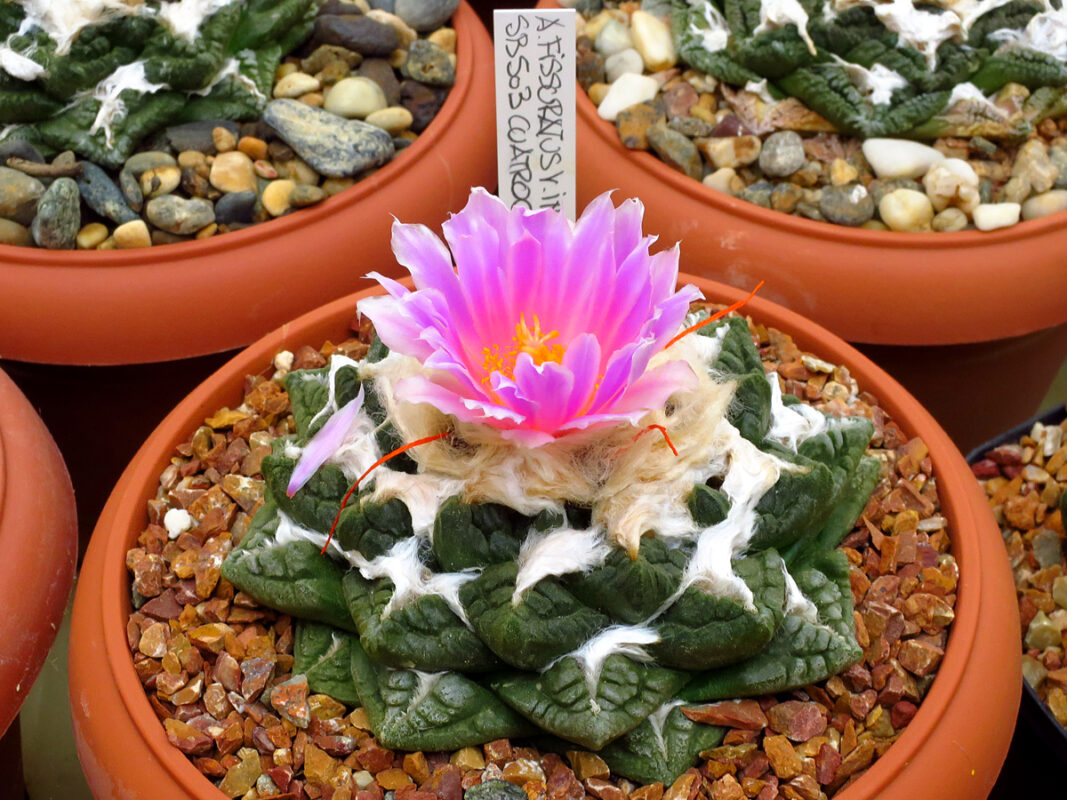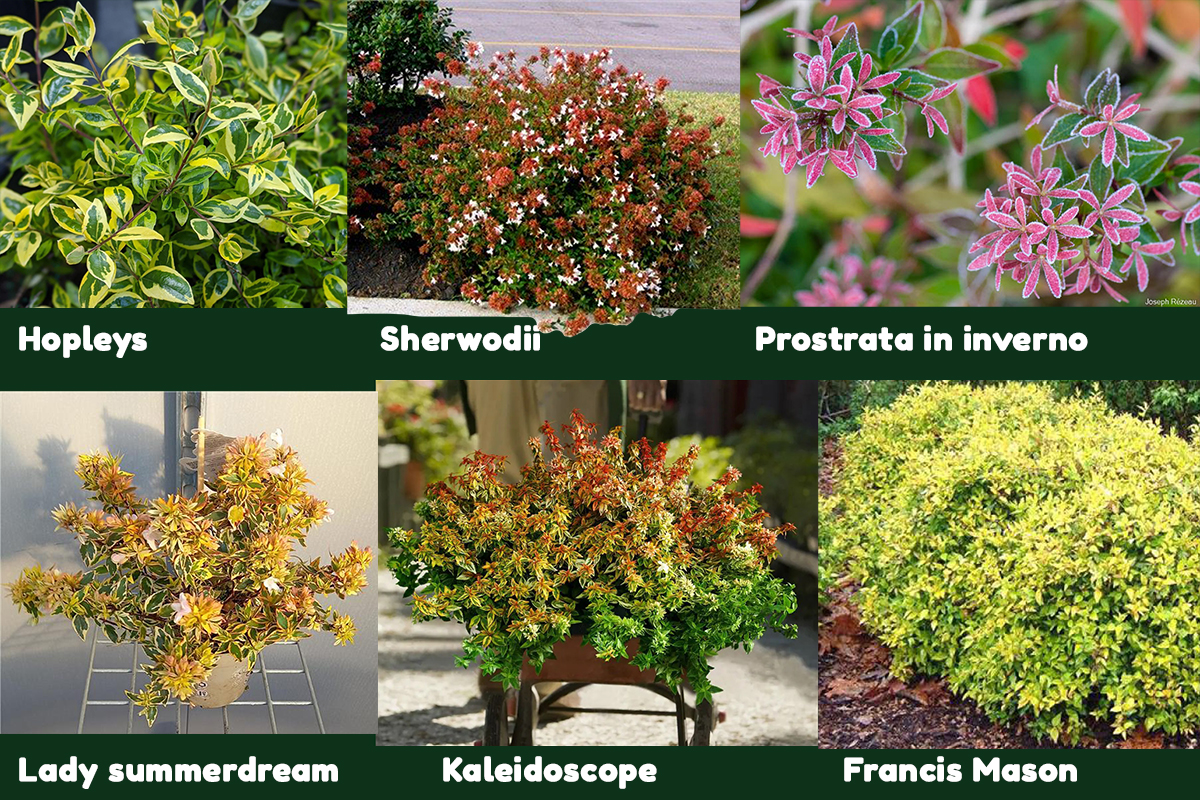We thank Elvia Speranza for the supervision of the information who, with her husband Moreno, takes care of the Cactus House with great love and expertise for cacti and succulents.
IDENTIFICATION of the Ariocarpus fissuratus
Scientific name:
Ariocarpus fissuratus
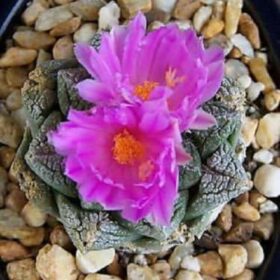
Italian common name:
Living Rock Cactus and Star Cactus
Family:
Cactaceae
Origin:
From the Mexican states of Chihuahua, Coahuila, Durango and Zacatecas to southeast Texas in the USA along the Rio Grande and near the lower Pecos River.
Enviorment:
Limestone plains or gentle slopes at altitudes between 500 and 1,200 meters a.s.l. and more rarely on chalky soils.
Description: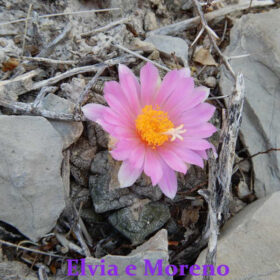
A geophytic plant producing a star-shaped rosette of fleshy, deltoid to hemispherical tubercles which have no spines and lie nearly flat on the soil surface. The stems are normally flush and well camouflaged with the soil surface which resembles limestone chips in shape, color and texture, making the plants extremely cryptic. They are grayish-green in color, sometimes taking on a yellowish tint with age. These cacti are hard to spot in their natural habitat. When they are found, it is usually due to their pinkish flowers.
Evergreen or deciduous:
Evergreen
Toxicity:
not known
VEGETABLE RECOGNITION of the Ariocarpus fissuratus
Height:
10 – 15 cm.
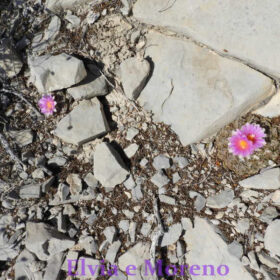
Width (extension):
20 cm.
Tubercles:
as long as they are wide they are closely packed and form a coarse mosaic. The exposed faces of the tubercles, deeply fissured on either side of the central areolar sulcus, are coarsely wrinkled and are angulated at the apex and with a lateral longitudinal groove on each side of the tubercle, along the edge.
Flower:
bright mauve or dark pink with white pistil and stigma and yellow anthers. 2.5 – 5cm high. and twice as wide as long when fully expanded. The flowers last 3 to 4 days.
Flowering:
September October November
Fruit:
White or green, with many seeds. Hidden in the central fluff.
Root:
Central turnip-like taproot that lies below the soil surface and serves for water conservation.

NEED
Light Exposure:
Very bright and sunny so as to also ensure rapid drying of the culture substrate. If it’s very hot, the plant can withdraw until it is covered by the ground and feeds on the taproot which still remains alive.
They are endangered, despite being abundant in their own habitat, so they are protected in existing areas.
Soil type:
Substrate will be very mineral and with less organic substance than the basic compost for cacti possibly supplemented with a little clay.
Soil acidity:
pH 6 – 7
Italian climatic area:
In the greenhouse it is grown everywhere, in the open ground only in the central and southern regions.
Need for water:
in the growing season they should be watered weekly
Propagation:
Seed reproduction.
Pruning:
removing only withered flowers or dead parts
Diseases:
They can be infested with mealybug or spider mites. If grown in an unsuitable substrate, it could develop rot (Fusarium oxyporum)
Cultivation:
Easy even if very slow.
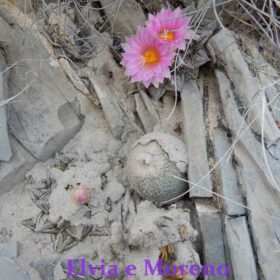
PARTICULARITY
Thick fluff covers the central fissure. The name of the species ‘fissuratus‘ (fissured/cracked) therefore refers to this very particular surface characteristic of the species.
Annotations
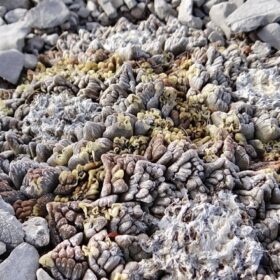
They are slow-growing plants, so much so that they can take up to twenty years to reach a size of 15 cm in diameter, if cultivated well.
They are usually solitary, rarely giving rise to lateral shoots from old areoles
The A. fissuratus it was used by Native American tribes as a mind-altering substance, as a substitute for peyote . While it does not contain mescaline-like species such as peyote, it has been found to contain other centrally active substances such as N -methyltyramine and hordenine , albeit in doses too small to be active.
In the kitchen:
no use
THE GARDEN WORLD COUNCIL
If you crave this species, do not go and get it in the wild, you risk being fined. Contact the nursery of Elvia and Moreno who will be able to satisfy your requests.
Now on horseback! Work awaits us! Our new wonderful outdoor space is about to be born!
GOOD WORK and…if you have any questions, write to info@ilmondodelgiardino.com
Image sources: thanks to Elvia and Moreno for the images provided, amazon.it, succseed.com for the cover image and llifle.com for the ground plan.


